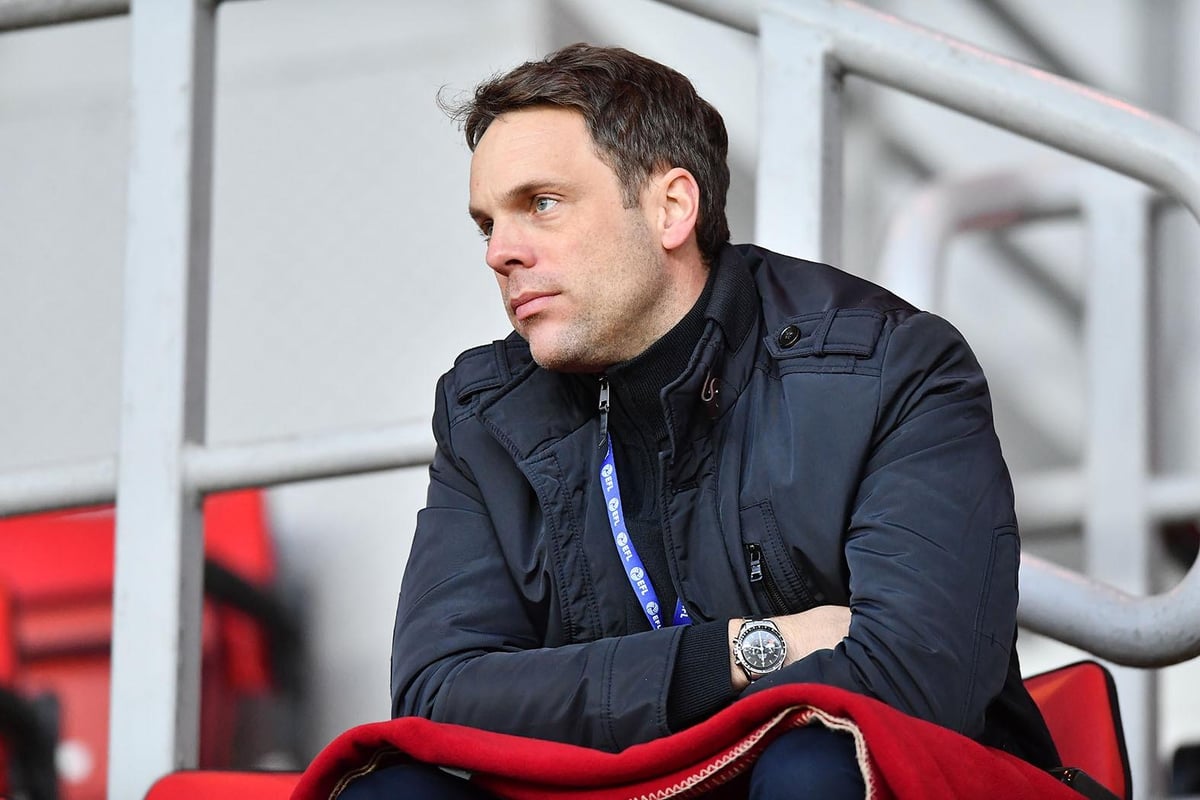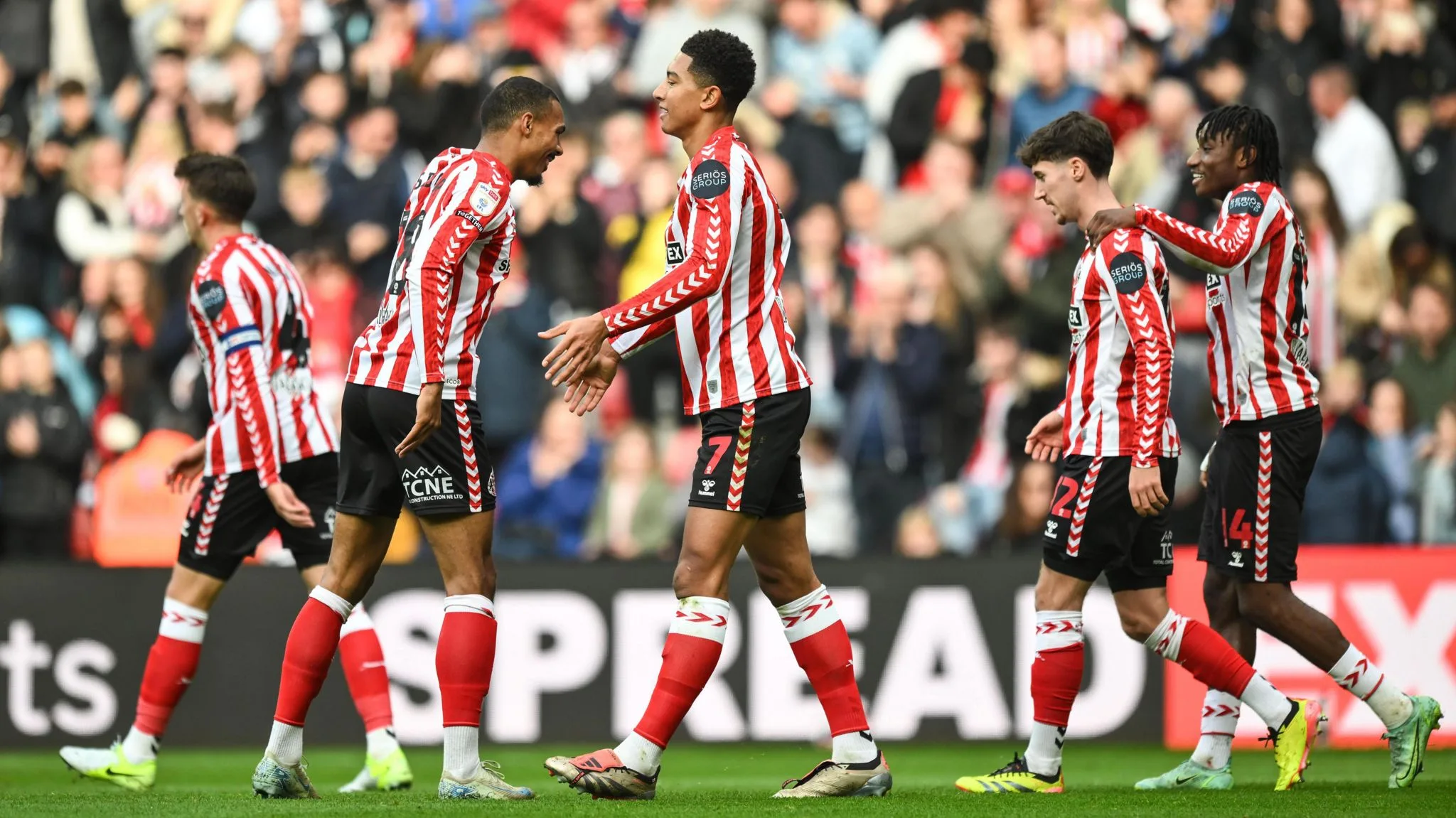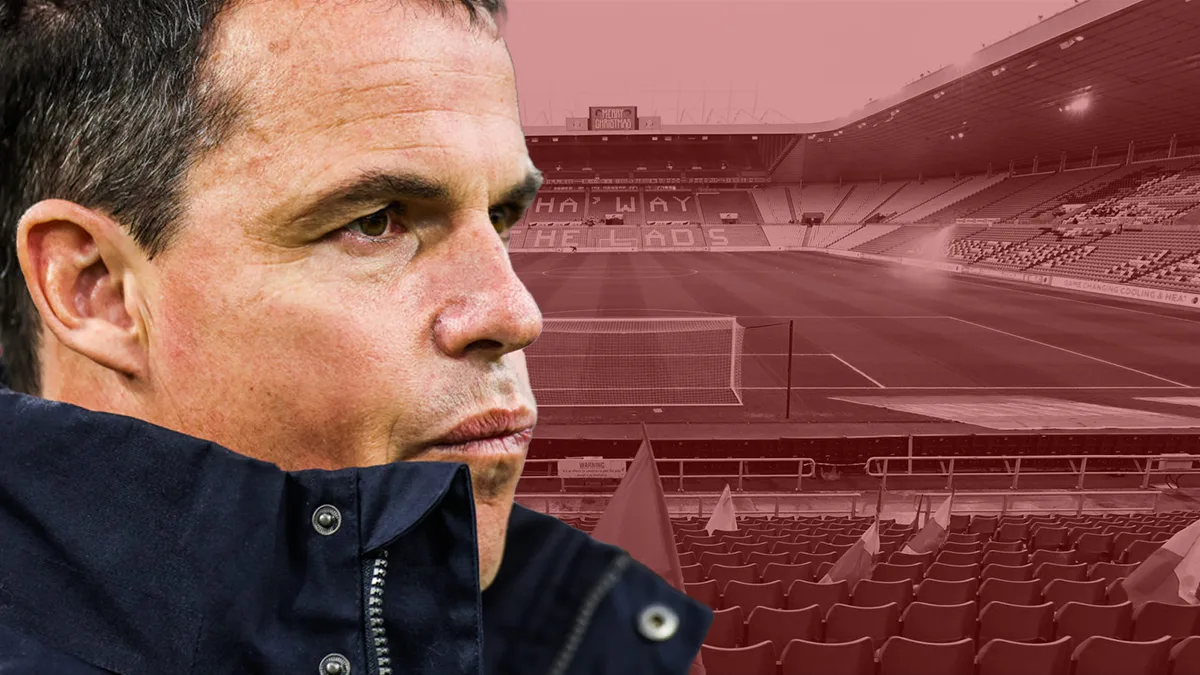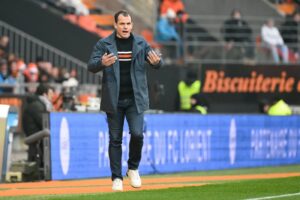Of all the daft things that Krijstaan Speakman has said during his tenure as sporting director at Sunderland, his statement that the team does not play with a focal point at the head of its attack was right up there.
I mean, now, he is technically correct, because we don’t play with one. Because our only one, Ross Stewart, got injured, a couple of weeks after the other one that we had on loan, Ellis Simms, returned to Everton.
And, when challenged on this point, having not signed the kind of player that can hold the ball up and bring others into play, he said: “That focal point you refer to is not a big requirement for the team we’re building and developing.”
That’s obvious. In fact, Sunderland have not signed a striker on a permanent basis since Ross Stewart, in 2021. Four transfer windows have slammed shut since then.
We did, of course, sign Joe Gelhardt on loan from Leeds United. The highly-rated forward chose Wearside ahead of a clutch of clubs and the signing was seen as a coup, just six weeks ago.
It has become patently obvious that Gelhardt, as hard as he works, is not a player in the same mould as Stewart, and Sunderland have yet to find a way to play to his strengths. Unless, of course, Tony Mowbray makes some significant changes to how his side has played for much of this season.
Speakman again: “Joe Gelhardt, for example, is totally aligned with how we’re trying to play in terms of what we need for a number nine.
“When the conversation was around Gelhardt, every single member of the recruitment and coaching staff was absolutely set on trying to sign him.”
Is Speakman suggesting that how we played with Ross Stewart was therefore not the way Sunderland are trying to play?
And that how Sunderland played before Stewart’s injury was therefore worse?
Let’s have a look at the data around that.
His one goal against Rotherham aside, Gelhardt showed some initial promise but has faded. While he works hard off the ball, he suffers from a woeful lack of service, and when the ball does eventually get to him, there’s little impact he can make with his back to goal.
The deeper he drops, the further away he gets from being dangerous for us. It’s a puzzle that won’t be unfamiliar to Tony Mowbray, but the Stoke City game shows that he’s nowhere near solving it.
Of course, they played more games, but Simms and Stewart’s impact was felt greatly, especially when Simms hit the ground running with goals at Bristol City.
Seven league games have passed since Stewart’s Achilles popped during the first half at Craven Cottage in our FA Cup fourth round tie against Fulham.
We’ve taken a look at the seven league games before the cup game – and what has changed since then.
Starting with the West Bromwich Albion game and finishing up with the Middlesbrough win, the results went like this:
W3 D2 L2 = Points: 11 = ppg: 1.57
And then, starting with the Millwall draw and finishing with Saturday’s defeat against Stoke, it looked like this:
W2 D2 L3 = Points: 8 = ppg: 1.14
The struggles of life without a recognised striker are laid bare when you look at the expected goal difference before and after Stewart’s injury.
And while the touches in the opposition third have been unaffected by our lack of choice in attack, largely in part to the exciting attack play from Amad Diallo, Jack Clarke, and Patrick Roberts, the shot map shows that in terms of clear cut chances, the struggles of late are clear to see.
The likes of Roberts, Amad and Clarke are getting into dangerous positions, but frustratingly, there’s nobody there to finish off the move.

The expected goal difference across the season shows all too clearly that the momentum Mowbray’s side built up has ebbed away and as we now stare down the barrel of a difficult batch of fixtures, starting with the trip to Norwich City, we wonder where the next points will come from.
Of course, measuring success entirely depends on what you’re calling success in the first place. And there’s the rub.
Speakman may sit back at the end of the campaign, red wine in hand, toasting a job well done after his side finishes in mid-table of the Championship in their first season back, with a young, promising squad, a fairly tight wage bill and a few of the highest-rated players linked with big-money moves away from the club that could net a tidy profit.
I suspect the vast majority of Sunderland’s supporters would have wanted more from their first season back, certainly as the season hit its mid-point with the Black Cats well-placed to kick on and secure a play-off spot, if only they signed a couple of more experienced players capable of slotting straight into the side in January.
The frustration is that the data laid before you here is all easily accessible stuff for fans to access. The club themselves, though, will have this information in granular detail, including information on players on their shortlist and teams in our league.
It’s obvious that we were a more effective attacking force with a spearhead to that attack, whether that be Ross Stewart or Ellis Simms, and without it, we are blunt.
Frankly, Sunderland fans deserve more than to be told anything different.
Our hopes now lie on being able to recruit well in the summer and attract at least two strikers, but for now, this season looks set to go down as a massive opportunity missed.






































